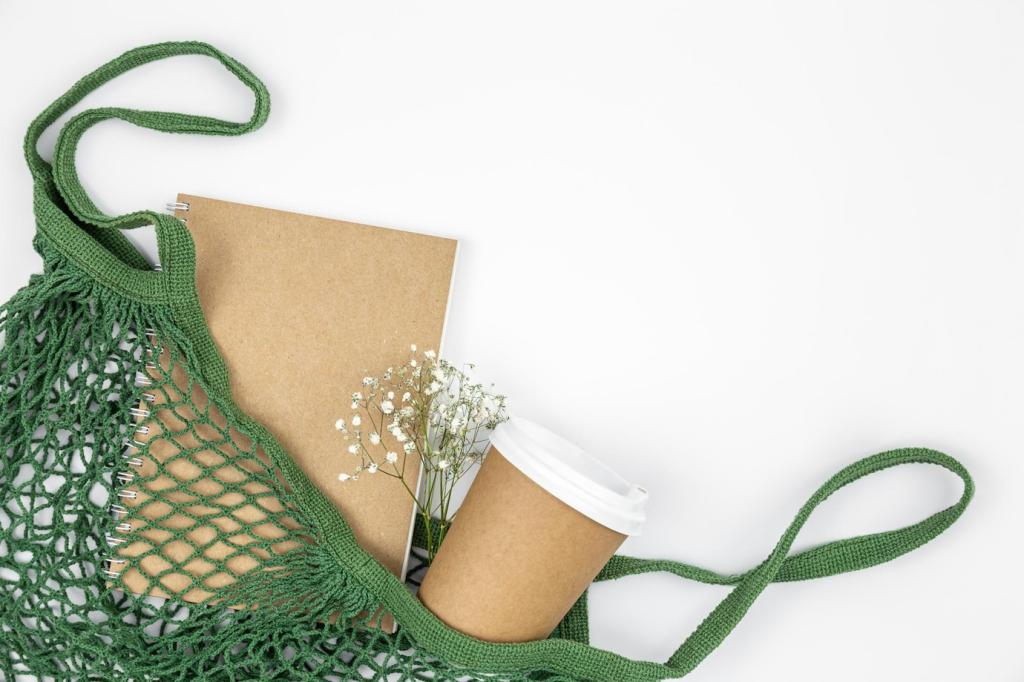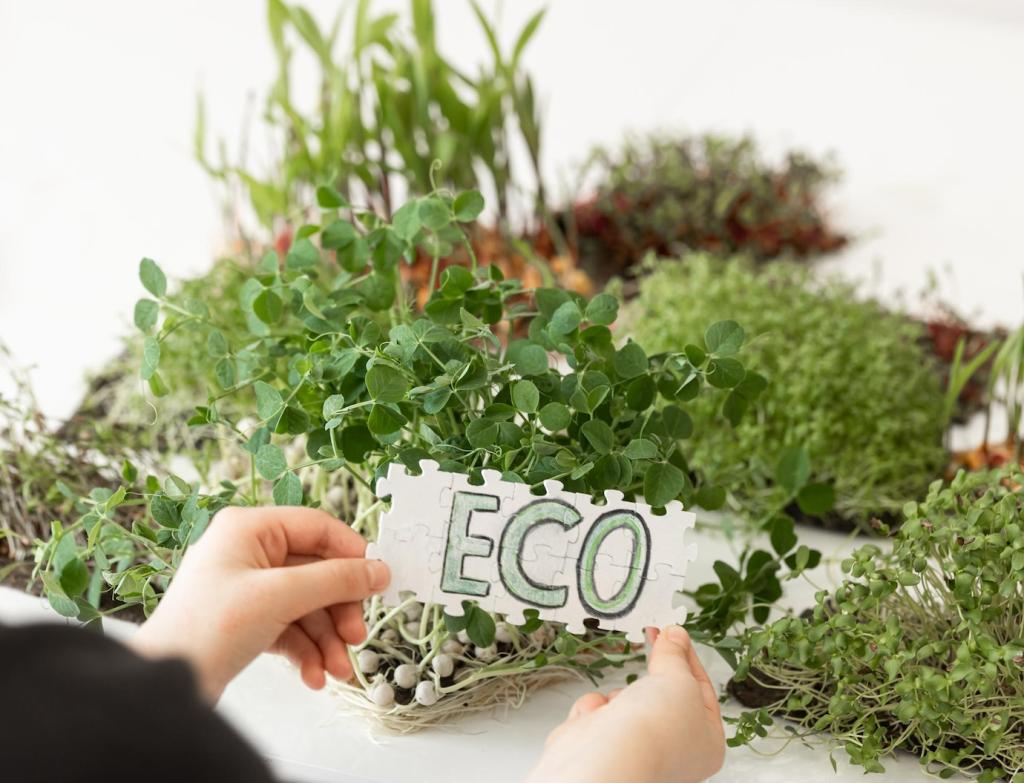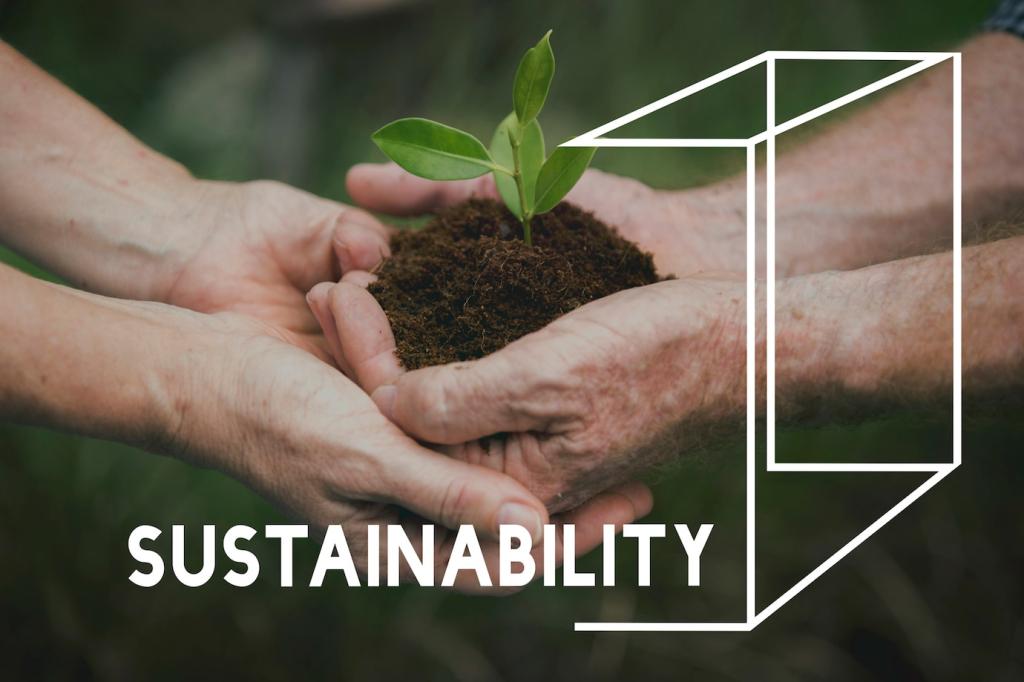Safe, Clean, and Healthy Upcycling
Use test kits on pre-1978 painted surfaces and avoid dry sanding suspect finishes. Contain dust with plastic sheeting and a HEPA vacuum. When in doubt, consult a professional. Share your safety checklist and we will compile a crowd-sourced kit list for responsible eco-friendly interior projects.
Safe, Clean, and Healthy Upcycling
Inspect joints and crevices, treat with heat or freezing where appropriate, and scrub with mild soap before refinishing. Allow full drying time to prevent odors. Comment with your go-to non-toxic cleaners, and subscribe for our step-by-step decontamination guide tailored to common upcycled materials.




